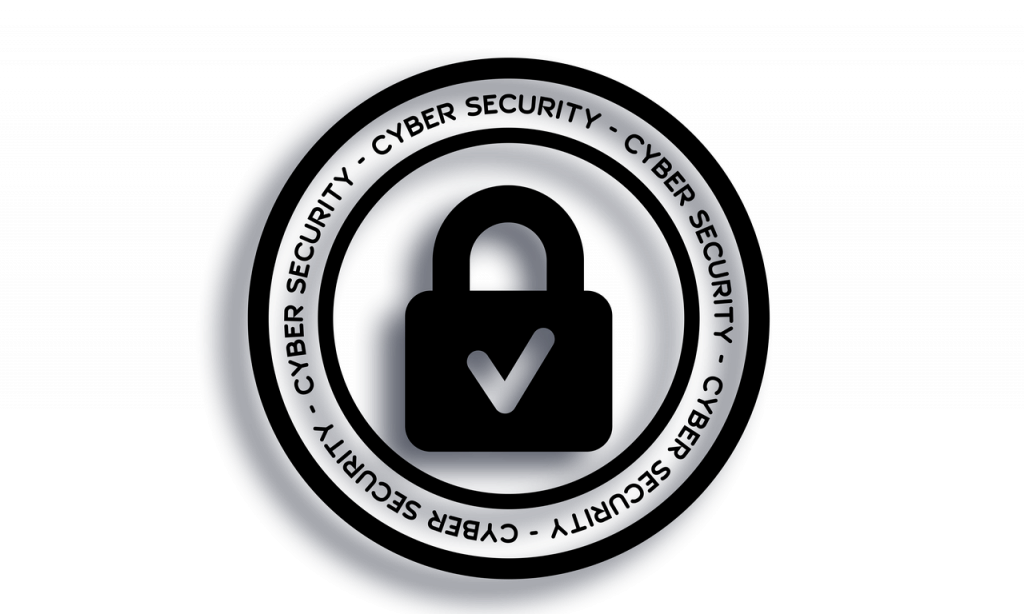As business owner, IT Manager, CISO or CEO, cybersecurity will be a watchword and on the ‘to-do’ list. However, as threats increase, cybersecurity needs to be integrated with business-wide strategy, culture and cooperation.
In our experience working with SMEs, how our clients manage passwords, endpoints, patching and vulnerability can help protect and secure a business against threats. One product cannot solve all the issues, which is why the ‘layered approach’ needs to be adopted by all.
Training staff is one of the most important ways to keep a company safe from cyber threats. There are many ways to embrace a training programme, and it’s critical to have a clear plan for how this training will take place.
To truly protect a company from cyberattacks and prevent data breaches – and respond quickly when they occur – leadership teams need to invest in comprehensive monitoring solutions that provide multiple views into networks and infrastructure as identifying security gaps through regular auditing and testing of systems is key.
Vulnerability management is the process to identify vulnerabilities in computer systems and then implement security measures to protect against them. It also includes tracking vulnerabilities over time so that the effectiveness of current protection strategies can be assessed.
Risk perception gaps in cyber are indeed real. The World Economic Forum’s Global Cybersecurity Outlook 2022 report indicates that while 85% of cyber leaders agree that cyber-resilience is a business priority for their organisation, gaining decision makers’ support when prioritising cyber risks against a plurality of other risks remains a prominent challenge. Moreover, when it comes to cyber-resilience, while 92% of surveyed business executives felt that this was integrated into enterprise risk-management strategies, only 55% of cyber leaders agreed.
Here are five things senior leadership in organisations should prioritise to embed cyber-resilience:

- Recognise cybersecurity as a strategic business priority
- Ensure cybersecurity governance is a board imperative
- Cultivate a culture of cyber-resilience
- Continuous training to raise awareness among employees about cyber-resilience concepts
- Best practices cannot be overstated
The key takeaway is that gaps in cybersecurity exist, and those responsible need to know about them. The next step is to do something about it rather than wait for a breach or disaster. A managed cybersecurity services provider can help address these gaps. At enablesIT, we offer comprehensive services designed to help protect networks and safeguard data.
The leading companies of the 21st century will be those that have the right leadership to prioritise not just cybersecurity but also cyber-resilience. By taking a layered, ‘defence in depth’ approach, security teams can share intelligence more quickly and provide better response times. More consistent security policies translate to improved security effectiveness, especially in hybrid and multi-cloud deployments. Leaders can improve efficiency, lessen the effects of the skills gap, and boost the efficacy of their team.